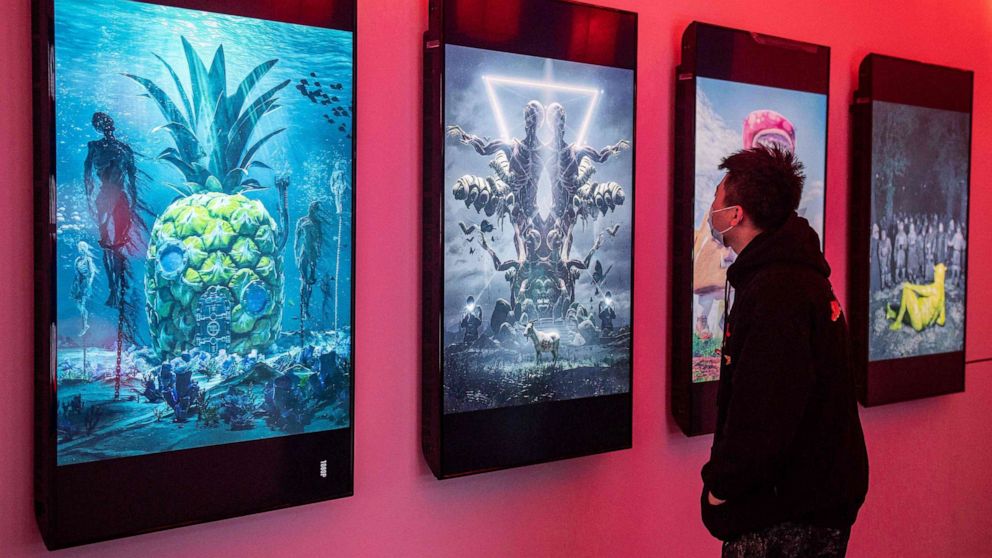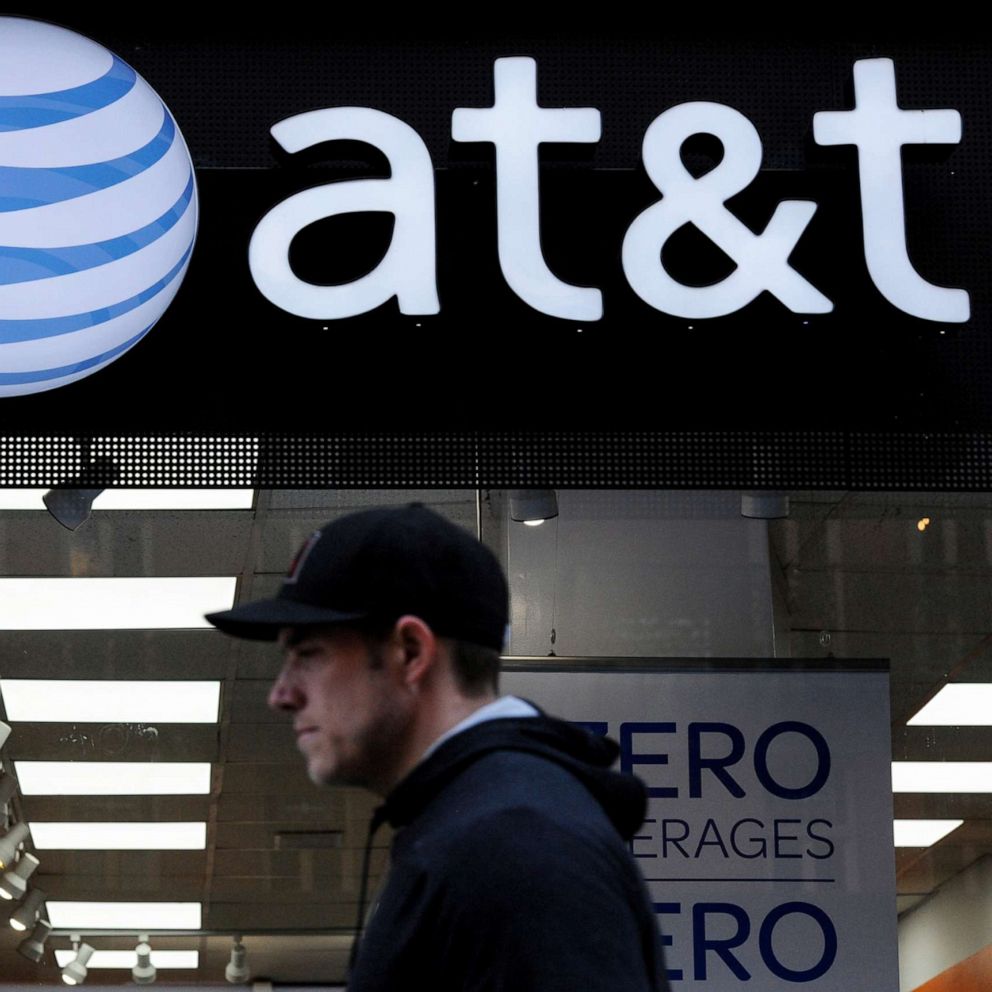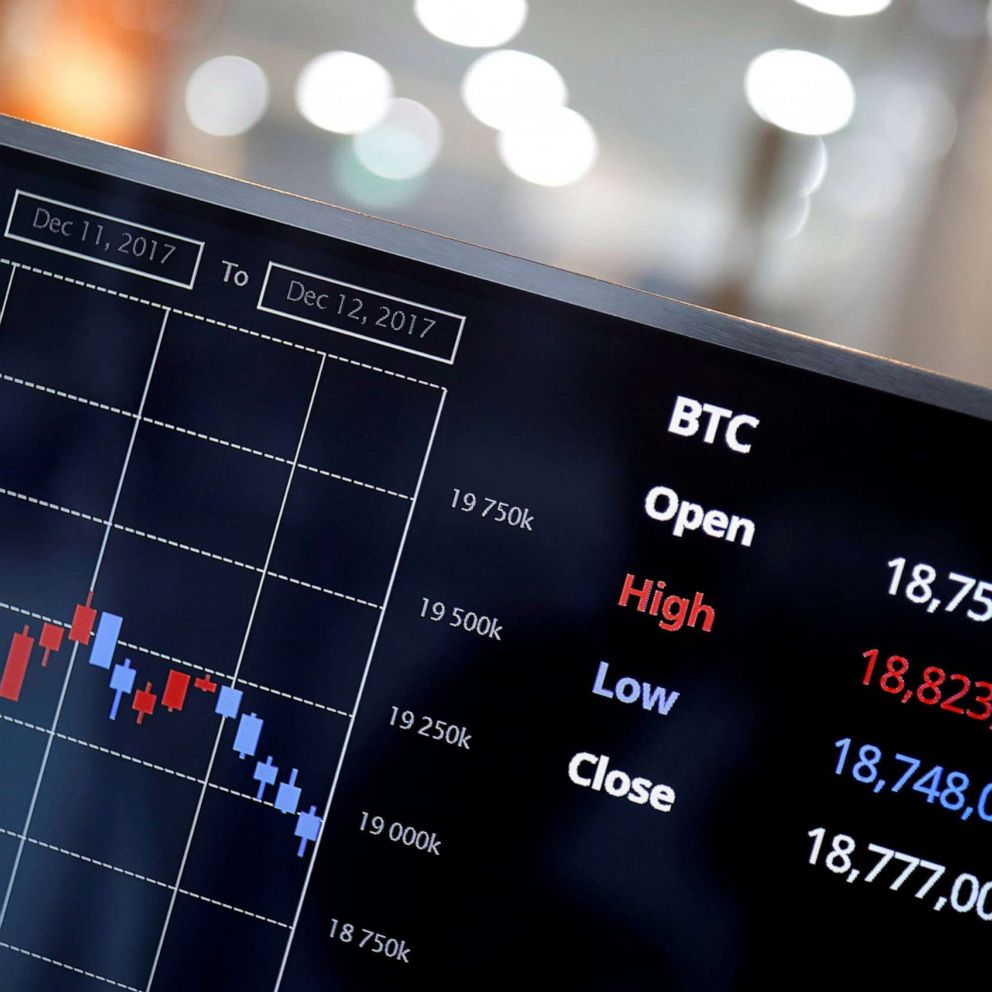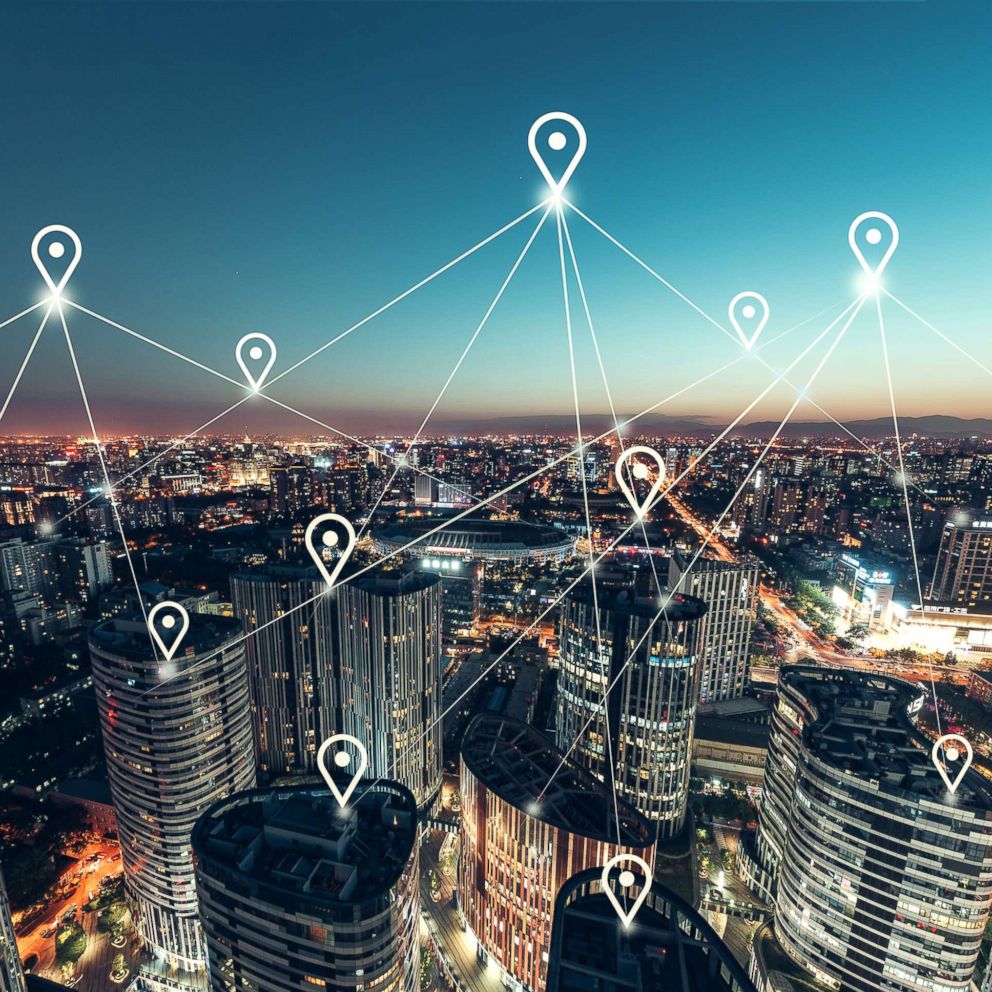NFTs spark debate over digital value, environmental impact
Jazmine Boykins is a visual artist who goes by the name "blacksneakers." She owns and operates a gallery in North Carolina, but recently she's been selling art that exists purely online as nonfungible tokens, or NFTs.
"I've always known I've wanted to be an artist, probably since I was a little kid," said Boykins. "However it didn't morph into digital art until maybe a year or two ago."
NFTs are digital assets that exist on the blockchain, which acts as a decentralized ledger that publicly details every time an NFT has been bought or sold. Blockchain technology also supports cryptocurrencies like Bitcoin and Etherium, but whereas those tokens are replicable, NFTs are limited in quantity.
"NFTs can't be duplicated or copied, they're verifiably scarce," said Decrypt Editor-in-Chief Daniel Roberts. "All it really means is that it can't be divided, duplicated, subbed one-for-one."
NFTs can take the form of virtually any type of online content.
Boykins sells art aiming to highlight Black narratives. Alternative band Kings of Leon released their latest album as an NFT. NBA TopShot is a marketplace that sells basketball highlights as NFTs. Last month, Time magazine sold three digitized versions of its covers as NFTs, and The New York Times auctioned off a column as an NFT. Just this week, a man sold a photo of a cheese sandwich from 2017's Fyre Festival as an NFT.
Seemingly the only thing that unifies NFTs is their relative scarcity.
"Some of them might be one of a small, limited batch of 20; some of them are even just one of one: truly unique," said Roberts. "And you can point to the spot on the blockchain where that is and prove that."

But owning an NFT isn't the same as owning the rights to a piece of content. Kings of Leon fans can still buy the band's latest album through traditional means or listen to it on most music streaming services. Basketball fans can still catch highlights on ESPN. Even Boykins' art is available to look at on her website or Twitter account for free.
As a result, the tech has its fair share of detractors. Many argue that simply tying a piece of content to the blockchain doesn't give it value, especially when that content is easily accessible elsewhere. Even Boykins was skeptical at first.
"I honestly thought it was a little weird," she said.
Roberts said much of the hesitation over NFTs has to do with skepticism about how much value a piece of digital content can hold.
"You can understand the technology, and try to bone up on that," said Roberts. "But even once you learn the tech and you understand that ... that still doesn't mean that you want to buy or own an NFT or see it as emotionally appealing. You really just have to get past the mental hurdle of non-physical ownership."
Even then, it's not for everyone, said Roberts.
"There's a lot of people who, even once you get to that point, they say, 'It doesn't make much sense to me.' And I think that's fair," he said.
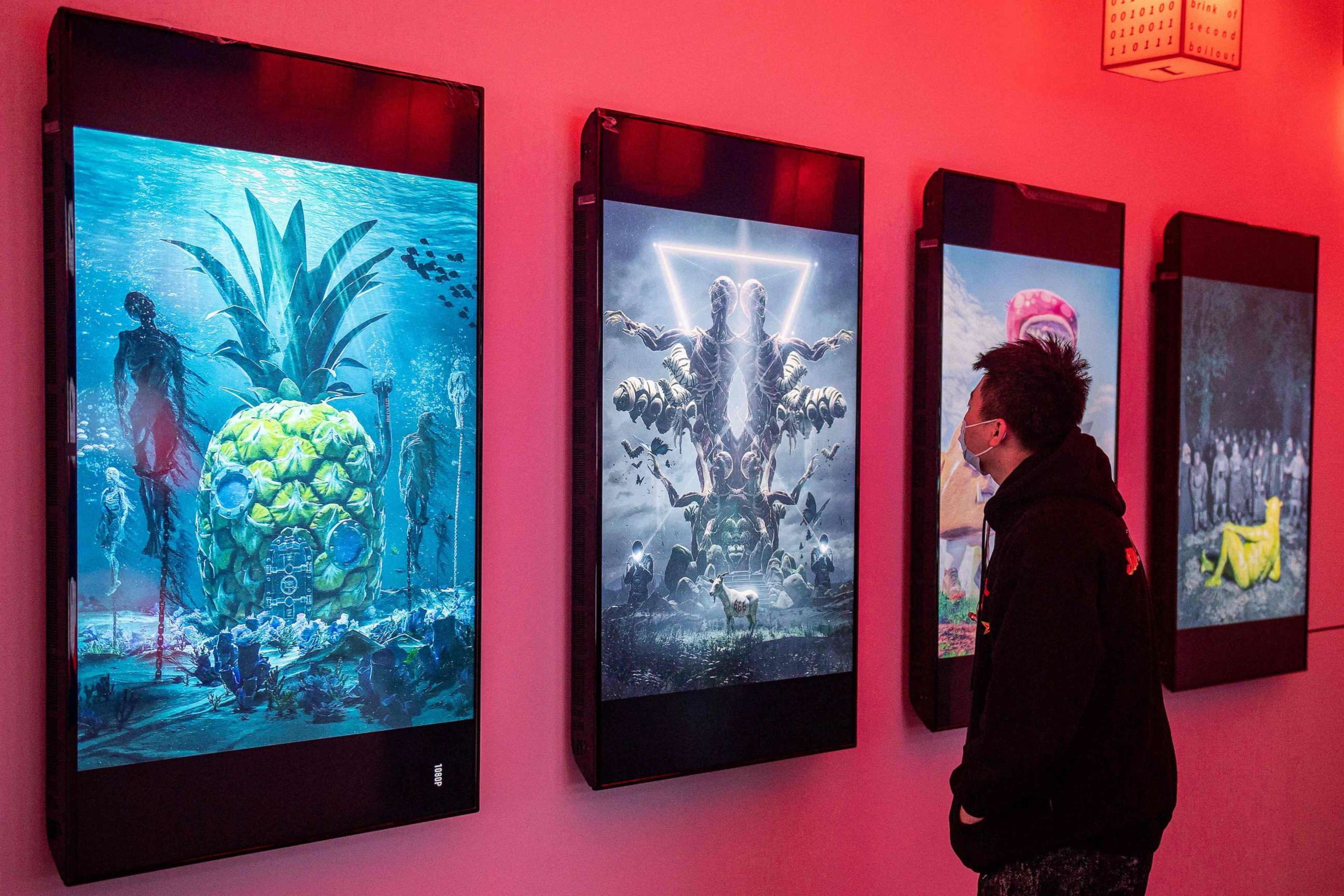
Boykins said she believes the value of NFTs comes from how they help legitimize digital artwork, which she feels has been maligned by critics.
"You have the whole stigma against digital art: whereas digital art is not as hard or complex as traditional," she said. "Although both mediums can be pretty intense depending on how you go about it."
Despite the stigma, NFT art has raked in big money. In March, digital artist Beeple sold a compilation of his works at auction for $69 million. The sale represented the third-highest amount ever paid to a living artist -- digital or otherwise -- behind only Jeff Koons and David Hockney.
Boykins said she has taken solace in the recent success of NFT art.
"To now see that is very comforting because, regardless of how it's done, these artists get to be acknowledged for their work, recognized for their skill and their ability," she said.
Roberts said one of the major appeals of NFT art is that it provides a more direct connection between creators and their customers.
"When we talk about NFTs in the music world or the art world, that right now is touted as one of the big appeals. ... This is a way to actually give royalties directly to the creators," Robert said.
NFTs, and the underlying blockchain technology, have also drawn criticism for how much energy they require to function.
"There are computers all around the world that are basically racing to sort of create the next block in the chain," said Brian Kahn, managing editor at Earther and part of the faculty at the Columbia Climate School at Columbia University.
Blockchains use a "proof of work" model, which requires numerous massive computers working simultaneously to add the next line in the digital "ledger." The process allows the technology to remain decentralized and secure, but it also eats up a significant amount of computer power.
Kahn said that results in pollution.
"These algorithms are racing to solve a problem, and they're all working at the same time, and they're all burning energy, and it's usually dirty energy, and so that's where the climate impact comes in," he explained.
But he said it doesn't have to be this way. Other, more efficient, processes have the potential to cut down on the technology's energy consumption, such as "proof of stake." That model selects a computer at random to add each block to the chain, eliminating the need for multiple energy-hungry systems to run at the same time.
"That's the thing that I think, you know, excites a lot of people in both the climate space and in the blockchain space," said Kahn. "How do we clean this up while also still maintaining the thing that makes this interesting in the first place?"

Kahn said he's optimistic about the future because the sudden popularity of NFTs has thrust the blockchain's environmental shortcomings into the spotlight.
"We're having this talk comparatively at the beginning of something that could grow in a more sustainable fashion," he said. "So that's why I have a little bit of a, I guess hope, so to speak, about this space and what could come next."
Boykins said she'd be happy to see the blockchain that supports her NFT art become more environmentally friendly. And she has high hopes for the tech in general.
"It's going to get bigger and bigger, and probably become the new mainstream way of collecting artwork I feel," she said.
